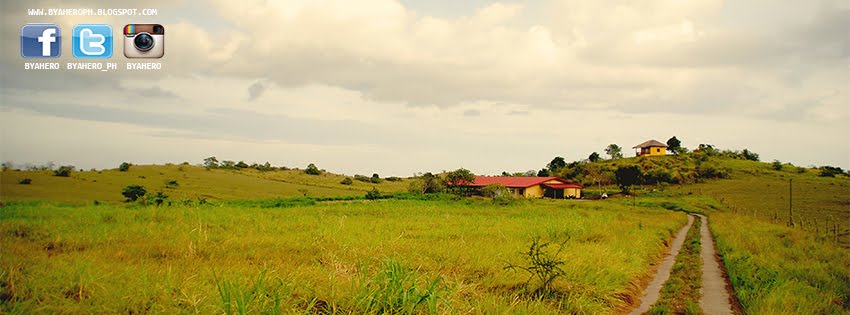Binuatan Creations
Binuatan is a Cuyonin (the native Palawan dialect) word for creation.
In Puerto Princesa City, it has become synonymous with woven products made from Buntal fibers such as mangrove grass, amumuting, buri sprigs and vetiver.
At Binuatan Creation, they transform Palawan local fibers and grasses into sophisticated handloom woven products.
Binuatan Creations products includes handloomwoven placemats, tablerunners, bags, blinds intricately designed.




.jpg)










.jpg)

.jpg)


